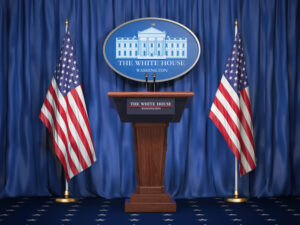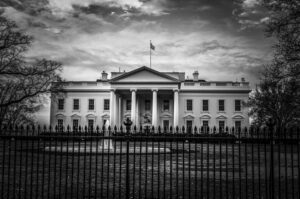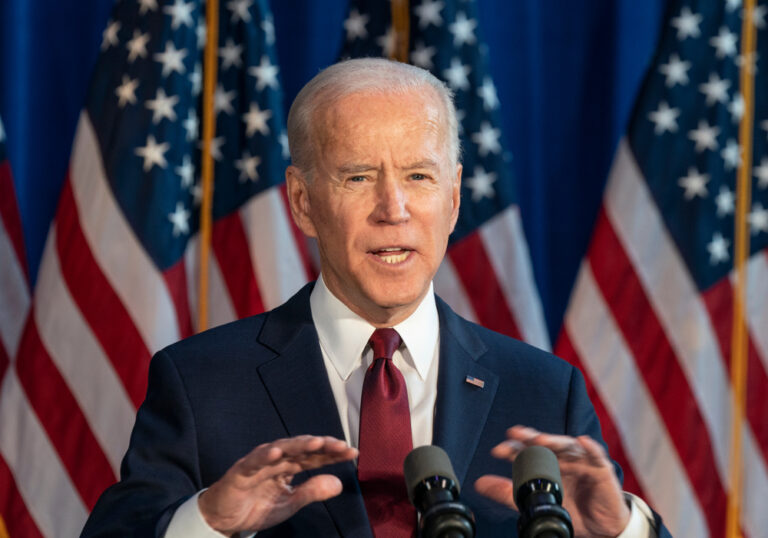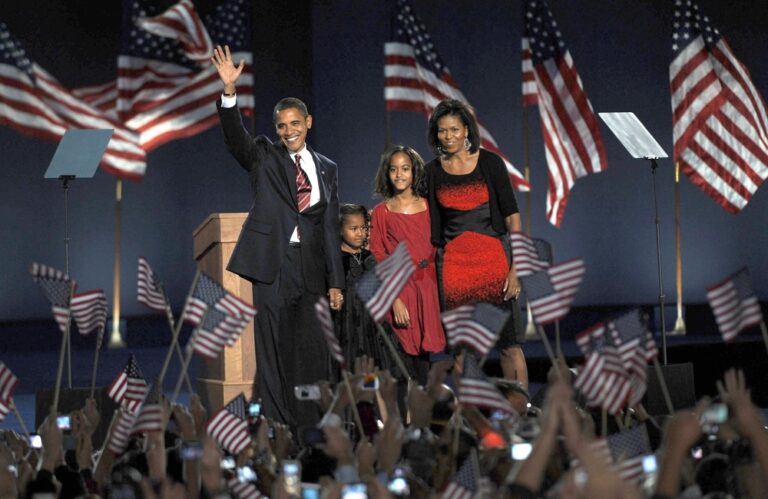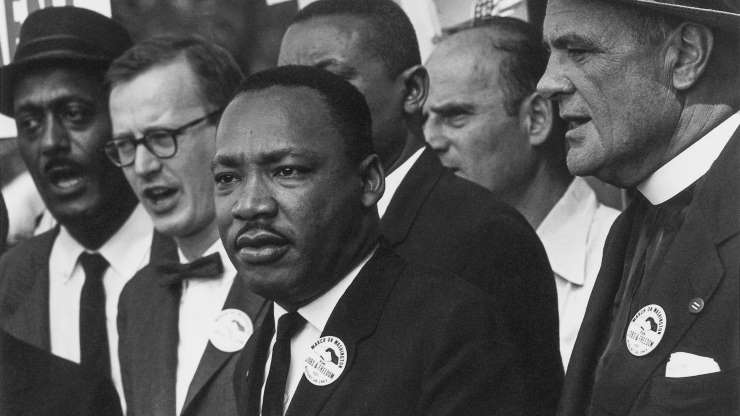
1960-1970
With not one but two recessions hitting America between 1960 and 1970, the first lasting from December 1961 to June 1962, and the second from November 1968 to May 1970, we’ve definitely departed from the happy days of the 1950s. Median home prices started at $11,900 in 1960 and ended up at $17,000 in 1970. This is also when we see a bigger jump in the average inflation rate, from 1.5% to 5.8%.
It was the second recession that caused the period between 1968 and 1970 to be dubbed the worst out of the decade, but let’s talk about the first one to gain a little perspective.
Between 1961 and 1962, the S&P 500 went down by 28%, triggered by Cold War fears due to the Bay of Pigs operation in April 1961 and the Cuban Missile Crisis in October 1962.
President John F. Kennedy managed to pull America out of it thanks to a tax cut envisioned by him. The start of the Vietnam War also triggered an economic expansion.
But it was also the opposition to the war and an eruption of civil rights violence that triggered the recession in 1968. The assassinations of Robert Kennedy and Martin Luther King, Jr. pushed the nation towards further economic hardships, trimming 36.1% off the S&P 500 and causing a 6% inflation.
During this period, real wages also increased across all domestic industries, from $4,817 at the beginning of the decade, to $7,711 in 1970.




